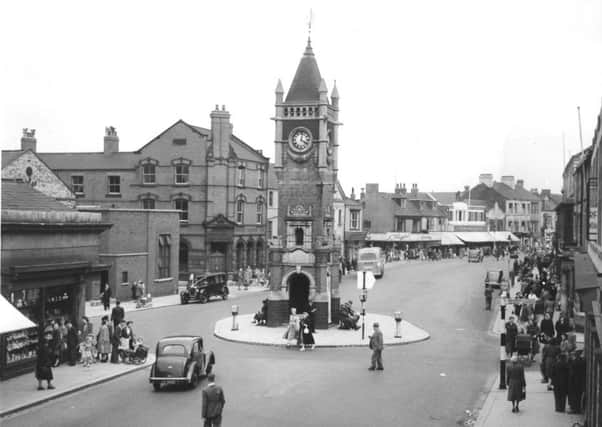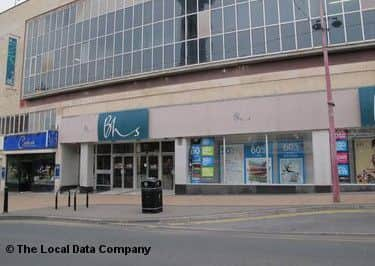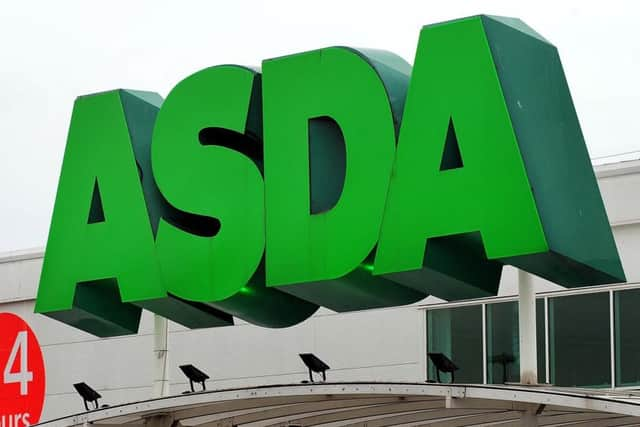Mark Casci: Return to the past could be the high street's future


I would sit atop a bus into town with my mum, seemingly the only two passengers not chain-smoking cigarettes, with shopping bags in hand.
Visits to individual stores would then take place, as we bought up the vegetables and meat we would need for the week.
Advertisement
Hide AdAdvertisement
Hide AdSupermarkets were around of course (its the early 1980s, not 1880s) but they had yet to displace the high street as the main destination for food shopping.


It was on a trip back to Redcar, my home town, some 20 years later that I noted with sadness that inevitably, all of these stores that I spent my youth queuing in, were no more.
The town went from having one small Fine Fare to having three large supermarkets by the 1990s.
It was a trend replicated nationwide and which seemed unstoppable.
Advertisement
Hide AdAdvertisement
Hide AdThe supermarkets were brilliant for the consumer, offering increasingly massive amounts of everything one could desire, all under one roof and at a highly competitive price.


The supermarket sector has hardly had it easy in recent years but the high street has had it far worse.
Every time I think about the state of the high street I think of the words that Roger Burnley, Asda’s chief executive, told me in March.
Having spent a lifetime in retail, Mr Burnley is a man who knows a thing or two about the sector, so when he said that “boring retail was dead” I could not help but agree.
Advertisement
Hide AdAdvertisement
Hide AdThe Asda boss, currently overseeing a promising revival in the Leeds-based supermarket, his second stint at the firm, was responding to my questions about disrupters in the sector.
He conceded that the likes of Aldi and Lidl were “a big wake-up call” to the big four supermarkets which, until they arrived, had enjoyed a fairly straightforward ecosystem in which to operate.
For many years their principal objectives lay in the war for space, as each of the multiples sought to cover as much ground as they could.
It marked the continuation of a trend which had been evolving for decades.
Advertisement
Hide AdAdvertisement
Hide AdThe high street has not been home to the raft of family businesses it once was for many years now.
Increasingly, we have seen the massive chain store and the massive operational footprint they brought with them, having put paid to that.
However, unlike the supermarket industry, they have struggled to weather the storm that their own disrupters have brought with them.
Minus a few teething problems, the sector was able to rein back the land race and mount successful online offerings.
Advertisement
Hide AdAdvertisement
Hide AdHigh street giants by contrast have been far poorer, especially when it comes to coping with the rise of online retail.
BHS collapsed with great ignominy while the once seemingly unmovable object that was Woolworths went with a whimper. Now House of Fraser has become the latest behemoth to succumb to the tide of progress, having been taken into the ownership of Mike Ashley’s empire.
And, as Marks & Spencer continues its own travails, and speculation mounts on the future of Debenhams, one could have reason to fear for the high street having any future. That is unless one remembers Mr Burnley’s pearls of wisdom.
Take for example the Superdry chain which continues to thrive and deliver impressive numbers. Their business model is working, why shouldn’t others?
Advertisement
Hide AdAdvertisement
Hide AdI for one wonder if there is not more scope for the once mighty independent sector to return to prominence.
The arcades of Leeds are testimony to this, they house some tremendous privately-owned retailers, offering great quality goods and service, often from highly trustworthy proprietors.
As consumer trust and desire to work with the smaller scale and more artisan producers increases, there could be a glorious second act for the sector’s presence on our high streets.
It might not enjoy the footfall it once did but it could offer a bright and sustainable future.